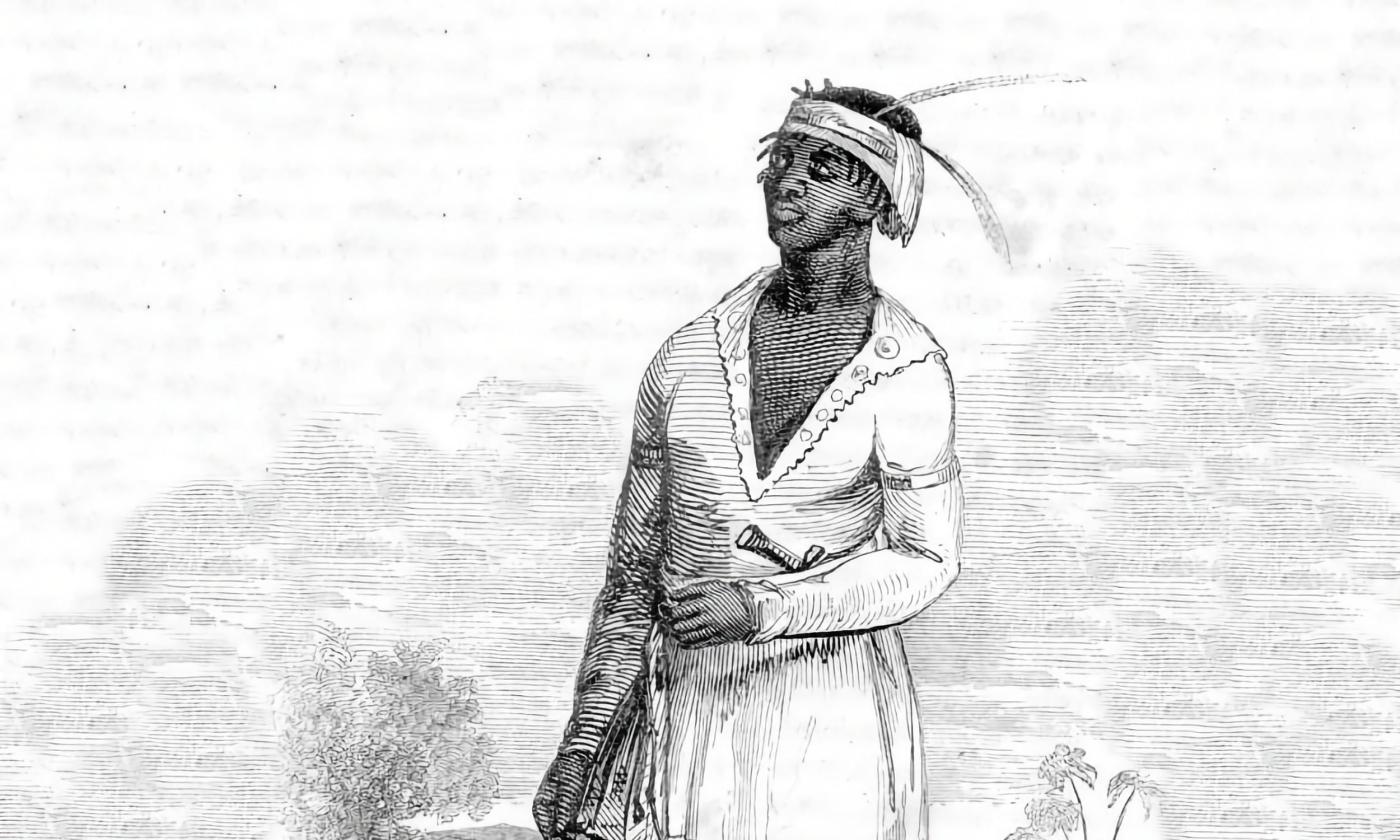
John Cavallo
The most prominent Black Seminole leader.
John Cavallo
This guest profile was written by Dr. Anthony Dixon in 2024.
Visit The Black Seminole Project's website to learn more about their mission.
Early Life
John Cavallo (also known as Gopher John and John Horse) was born around 1812.
He was the product of a union between Seminole Chief Charles Cavallo (also known as Imotley) and a Black woman. Given his father’s association with the Alachua Seminole and his relationship with Chief Alligator, it can be deduced that he was born in the Alachua Seminole heartland near present-day Gainesville and Lake City.
As a result of the Patriot War, Chief Cavallo moved the tribe approximately twelve miles northeast of present-day Tampa Bay close to Lake Thonotosassa. It is here that John spent most of his youth.
Although much is not recorded about John prior to the war, there is one story from his youth that offers a glimpse of his intelligence and brave demeanor. It is also the story of how he became known as Gopher John. George McCall, stationed at Fort Brooke in 1826, recalled:
A long-legged lathy Black boy of some 14 years, belonging to one of the Thonotosassa Indians, called at its officer’s quarters and offered for sail a brace of gophers. He received his quarter of the dollar, and Andrew, the cook, a black slave, was ordered to put them in the crawl, which at that time happening to be empty.
He was also charged to feed them regularly with dried beans and other articles of vegetable diet. The next day the boy, John, brought another pair of gophers to the same officer, and received his quarter. The next day it was the same, and the next and the next. The officer was delighted with his good fortune, and at the end of some ten days, not having kept count strictly, he told Andrew to count the gophers, and let him know how many were in the crawl. Andrew did go to the crawl, in one corner of which a quantity of brush had been thrown under which there nocturnal animals might retire during the day; and he did shale up the brush and toss it about very thoroughly, but he saw never a gopher but the two he had just put in.
Andrew, naturally enough, was just amazed, then perplexed, and finally confounded at the discovery he had made; for he could be sworn he had daily put a brace into the crawl for many days in succession; and so he protested to his master to whom be hastened with the News.
I was no more surprised than Andrew, and in addition he was first disappointed, then vexed, and finally enraged at the cheat we began to suspect had been played upon us. He had at once sent out his orderly to look for Master John, who was soon brought before him, looking as pale as a negro can look. Under the fear of being well flogged if he did not confess, John let out the truth; which of course was, that he had leaped the paling every night and captured the gophers be had sold during the day before.
John escaped punishment that day but was left with the name “Gopher John.”
From this point on, John would go on to have numerous interactions with the Americans becoming more acquainted with the United States military as a whole.
In turn, the military had no idea that the young boy they jokingly called Gopher John would become one of their most formidable adversaries during the war.
Second Seminole War
During the war, John Horse's charismatic bravery would elevate him from sub-chief to war chief in just a year’s time. His role as Alligator’s sense bearer and principal advisor would gain him the respect of Seminoles as well as the United States government.
John's accomplishments during the Second Seminole War as a negotiator, advisor, and war commander would provide the necessary skills needed to lead in the west.
Black Seminoles in Arkansas Territory
After negotiations were made to successfully secure freedom to Blacks out west, John would first leave Florida in 1838 and immigrate out to the Arkansas Territory. During this process of immigration, he would assume full leadership of the Black Seminoles.
Later that year (1838) he would return to Florida as an agent of the U.S. military in order to convince other Blacks that their freedom would be secured out West until the Second Seminole War ended in 1842. While in the Arkansas Territory on the Seminole reservation (which is in present day Oklahoma) John would become disenchanted with the conditions and lead a large contingency to Mexico.
John Caballo: Keen Leader
Without John’s military strategy and undaunted willingness to wage war, Black Seminoles may very well have been returned to plantation slavery.
His leadership (during the Second Seminole War) in Florida, the Arkansas Territory as well as Mexico would garner him the respect and admiration of Black Seminoles alike ultimately placing him in the annals of Black Seminole history and culture as the prominent leader.
Resources
Online Resources
Article about the African Fort at Prospect Bluff, from the Zinn Education Project.
Virtual Exhibit about Maroon Communities of Florida's Gulf Coast, from the New College of Florida.
2002 Fort Gadsden Historic Site Brochure, from the United States Forest Service.
Scholarship for Approaching the Interpretation of Early 19th Century Maroon Gulf Coast Florida, from Tragedy and Survival: Bicentennial of the Southward Movement of Black Seminoles on Florida’s Gulf Coast.
Further Reading
Florida's Negro War: Black Seminoles and the Second Seminole War 1835-1842, by Anthony Dixon, 2014.
The Black Seminoles: History of a Freedom-Seeking People, by Kenneth W. Porter, 1996.
Black Society in Spanish Florida, by Jane Landers, 1999.
The Maroons of Prospect Bluff and Their Quest for Freedom in the Atlantic World, by Nathaniel Millett, 2013.

